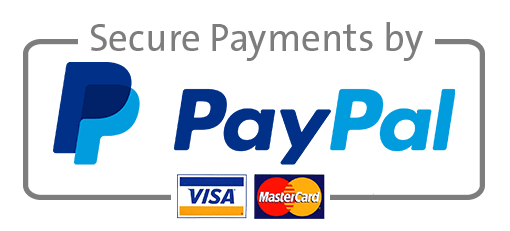[Solved] Next Step Toward Changes
[Solved] Next Step Toward Changes
- Develop a presentation, augmented by 12-15 slides, for administrative leaders and stakeholders that outlines your plan to develop or enhance a culture of quality and safety within your organization or practice setting WITH DETAILED SPEAKER NOTE
Introduction -
As a nurse leader, you will be expected to communicate effectively with leaders and stakeholders at all levels in an organization in a variety of ways, depending on your purpose and your audience. Being able to deliver effective presentations is one important skill you will likely be called upon to use often.
This assessment provides an opportunity to hone your presentation skills and enlist the support of stakeholder groups who will be key to achieving desired changes in the organization and developing or enhancing a culture of quality and safety.
This assessment is based on the work you have completed in the previous three assessments.
Preparation
The report you completed in the previous assessment has convinced the executive leadership team of the benefits to the organization of taking the next step toward changes aimed at improving outcomes and cultivating a culture of quality and safety. You have been asked to follow up your report with a presentation to administrative leaders and stakeholders that outlines your plan to develop or enhance the organization’s culture of quality and safety. A number of key stakeholders will be unable to attend your presentation for a variety of reasons, so you have decided to provide those individuals with a video recording of the presentation.
You have the option of using Kaltura Media or another technology of your choice to record your presentation.
If you decide to use Kaltura, you are encouraged to:- Install and test your recording hardware (if you have not already done so), using the installation instructions provided by the manufacturer.
- Practice using your recording hardware to ensure adequate audio and video quality.
- Refer to the Using Kaltura tutorial for directions on recording and uploading your video in the courseroom.
- Note: If you require the use of assistive technology or alternative communication methods to participate in this activity, please contact Disability Services to request accommodations.
Note: As you revise your writing, check out the resources listed on the Writing Center’s Writing Supportpage.
As you prepare to complete this assessment, you may want to think about other related issues to deepen your understanding or broaden your viewpoint. You are encouraged to consider the questions below and discuss them with a fellow learner, a work associate, an interested friend, or a member of your professional community. Note that these questions are for your own development and exploration and do not need to be completed or submitted as part of your assessment. - How might you engage stakeholders to help develop, implement, and sustain a vision to actually change and improve patient outcomes?
- What arguments might be most effective in obtaining agreement and support?
- What recommendations would you make to implement a proposed plan for change?
- Requirements
Developing the Presentation - Summarize the key aspects of a plan to develop or enhance a culture of safety.
- Identify existing organizational functions, processes, and behaviors affecting quality and safety.
- Identify current outcome measures related to quality and safety.
- Explain the steps needed to achieve improved outcomes.
- Create a future vision of your organization’s potential to develop and sustain a culture of quality and safety and the nurse leader’s role in developing that potential.
- Note: If you require the use of assistive technology or alternative communication methods to participate in this activity, please contact Disability Services to request accommodations.
Communication and Supporting Evidence - Argue persuasively to obtain agreement with, and support for, a plan to develop or enhance a culture of safety.
- Support your main points, arguments, and conclusions with relevant and credible evidence, correctly formatting citations and references using APA style.
- Additional Requirements
- Your slide deck should consist of 12–15 slides, including a title slide and a references slide.
- List your sources on the references slide at the end of your presentation.
- Use of a small font is permitted to fit all 8 references on a single slide.
- Competency 1: Analyze quality and safety outcomes from an administrative and systems perspective.
- Summarize the key aspects of a plan to develop or enhance a culture of safety.
- Competency 2: Determine how outcome measures promote quality and safety processes within an organization.
- Identify current outcome measures related to quality and safety.
- Competency 3: Determine how specific organizational functions, policies, processes, procedures, norms, and behaviors can be used to build reliability and high-performing organizations.
- Identify existing organizational functions, processes, and behaviors affecting quality and safety.
- Competency 4: Synthesize the various aspects of the nurse leader’s role in developing, promoting, and sustaining a culture of quality and safety.
- Explain the steps needed to achieve improved outcomes.
- Create a future vision of an organization’s potential to develop and sustain a culture of quality and safety and the nurse leader’s role developing that potential.
- Competency 5: Communicate effectively with diverse audiences, in an appropriate form and style, consistent with applicable organizational, professional, and scholarly standards.
- Argue persuasively to obtain agreement with, and support from, administrative leaders and stakeholders in an organization for a plan to develop or enhance a culture of safety.
- Support main points, arguments, and conclusions with relevant and credible evidence, correctly formatting citations and references using APA style.

